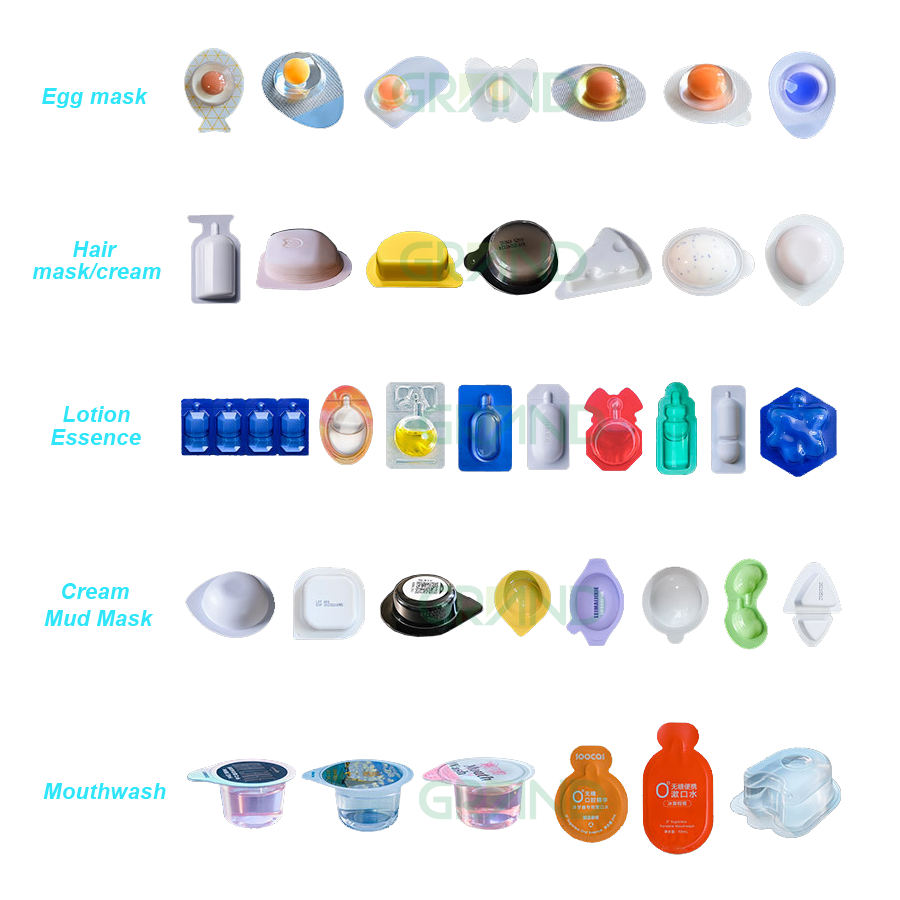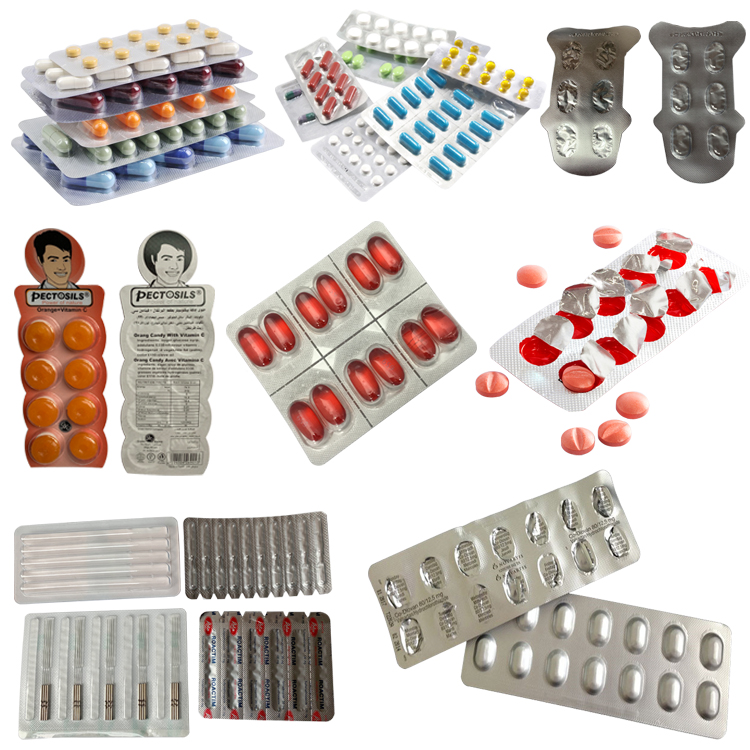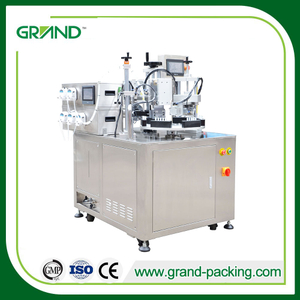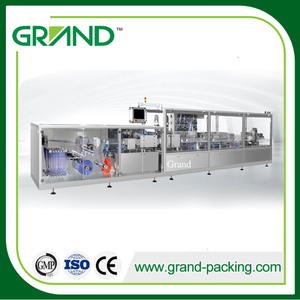What Is Degradable Packaging Materials?
Degradable packaging materials refer to those which can be degraded thermodynamically and kinetically within a period of time. These materials can be photodegradable or biodegradable depending on the external factors influencing degradation. These factors include temperature, molecular weight, material structure and more.
1. Classification
Considering the external causes influencing material degradation, the materials can be classified to three types.
1) Photodegradable materials: Sunshine can facilitate their degradation.
2) Biodegradable materials: They can be degraded to carbon dioxide and water through respiration and chemosynthesis of microorganisms such as fungus and bacteria.
3) Environmentally degradable materials: They are degraded by light, heat, water, chemicals, microorganisms, insects, mechanical force and so on.
2. Examples
1) Polylactic acid (PLA)
PLA is synthesized from lactic acid which is the monomer product of microorganism fermentation. It can degrade automatically, causing no pollution to the environment.
PLA can be processed to fiber and film of excellent dynamic performance. These products’ strength are equal to that of nylon and polyester. PLA can be hydrolyzed to lactic acid and acetic acid, which are further metabolized to carbon dioxide and water. It is commonly used in medical field. Nowadays, many hospitals in China, Japan and USA are adopting surgical suture, artificial bone, artificial skin made from PLA. In addition, PLA can be the raw material for packaging containers, agricultural film, fiber-type sportswear, bedding and more.
2) Starch plastic
This material contains starch in the percentage of over 90% and some other completely degradable components. Enterprises such as Sumitomo (Japan), Wamer-Lamber (USA), Ferrizz (Italy) and so on have announced that they succeeded in inventing fully starch plastic with starch content between 90-100%. The starch plastic can be degraded within one month to one year and doesn’t pollute the environment. It can be used to produce all kinds of containers, bottles, jars, film, trash bags and so on.
The starch molecules change their structure and become disordered to be produced to thermoplastic starch resin. It is thus also called thermoplastic starch plastic. Conventional plastic processing equipment can be still used.
These biodegradable plastics processed from starch can have several potential advantages: a) Starch can be biologically degraded under all kinds of conditions. b) Carbon dioxide generated by starch degradation or ashing will not pollute the soil or air. c) When proper techniques are adopted, the thermoplastic starch plastics can obtain strong mechanical strength. d) Starch is renewable. Expanding starch application can push economic development in the rural area.
It should be noted that most of starch plastics now are filling-type. Starch is filled into non-biodegradable materials in a certain proportion. Biological degradation of starch can lead to the physical collapse of the whole material. Therefore, a large number of terminal groups are exposed and are thus oxidized and degraded. However, PE, PVC or other non-degradable materials will remain in the soil after the collapse. As time goes by, they certainly cause some pollution. As a result, some countries eliminate the use of these materials.
3) Photodegradable plastics
These plastics can be degraded by light. They can be divided to synthetic degradable plastics and additive degradable plastics.
a. Synthetic degradable plastics
a) Ethylene-carbon monoxide copolymers (E-CO)
Photo-degradation is mainly featured by main chain breaking. Its photo-degradation speed and degree is related with the amount of the keto groups in the chains. The more keto groups are, the faster the speed and the high the degree will be. Scientists from Texas, USA once experimented on E-CO by putting it in the heat of the sun. It was found that E-CO could be degraded within several days under the sun of June.
b) Vinyl / vinyl ketone copolymer (Ecolyte)
The keto groups on the side chains of Ecolyte molecules can be degraded under natural light. Although photo-degrading performance of Ecolyte is better than that of E-CO, it cost more to produce Ecolyte. One shortcoming of this type of polymer is that it starts degradation immediately it is exposed to light, needing no induction period. Therefore, some antioxidants should be added to extend its induction period.
b. Additive photodegradable plastics
Additive photodegradable plastics contain a little of photosensitizer which is the catalyzer for photo oxidation and degradation. As sunlight irradiate them, the plastics can have reaction and obtain broken polyolefin polymer. Ketones and amines photosensitizers can both bring good photodegradability for PE, PP and other polymers.
Additive photodegradable materials are featured by low cost, simple production process and good effect if being used as soil covering film. Its side to the light can be degraded thoroughly while the other side buried in the soil degrades slowly. The degradation induction period of photodegradable plastics can be controlled at more than two months and the degradation period control performance is not that good.
3. Influential factors
1) pH value
Some scientists hold the view that pH value change has great influence on hydrolysis rate of copolymer’s chains while there are no obvious difference of degradation rate in different parts of the organisms. Degradation of the copolymer will form a acidic micro-environment, which facilitates autocatalytic reactions of the copolymer itself and thus speeds up its degradation.
2) Temperature
It is hardly shown by experiments whether material degradation in human body is related with temperature and to which extent they are related with each other. This is because experiments in vitro have similar temperature condition to human body but the temperature will sometimes be increased properly to shorten the experiment period. However, the temperature for faster degradation can not be too high because high temperature will lead to side reaction of the polymer. Therefore, degradable materials are all stored under low temperature and in airtight environment to avoid the influence of temperature and air flow.
3) Molecular weight
It is found that hydrolysis rate is apparently affected by molecular weight and distribution of the copolymer. One reason is that every ester bond might be hydrolyzed irregularly. The longer the polymer molecule chain is, the more bonds will be hydrolyzed and thus the faster the degradation will be.
4) Material structure
It is easy to hydrolyze anhydride and orthoester. Since its molecular skeleton has polarity, the comb-like copolymer has easily breaking ester bond. Therefore, the comb-like copolymer has higher degradation speed than linear copolymer.
5) Composition ratio of monomer
Material degradation also has something to do with physical properties, chemical properties, polarity, molecular weight and distribution, and crystallinity of the polymer. For example, the crystallinity of the copolymer of glycolide and lactide is lower than that of the homopolymer of the two monomers.
As acetic alcohol has better hydrophilicity than lactic acid, the PGLA copolymer contaiting more glycolide has better hydrophilicity than that containting more lactide and thus can perform faster degradation. Molecules of hydrophilic materials can contact water molecules fully, resulting in higher degradation rate. On the other hand, molecules of hydrophobic polymers hardly contact water molecules, which hinders their degradation.
6) Enzymolysis
Many reactions in organisms can lead to polymer degradation, including oxidation, chemical hydrolysis and enzymatic reaction. Enzymes are difficult to participate in degradation in the early glassy state but are the main influential factors for the degradation of polymer in the rubbery state.
7) Hydrophilicity and hydrophobicity of polymer
Hydraophilic polymers can absorb a large number of water molecules to fasten the degradation rate while hydrophobic polymers absorb less water molecules and have slower degradation. For example, polymers containting hydroxyl and carboxyl can be degraded easily.
4. Conclusion
Packages can function to protection the goods from sunshine, the rain, dust or other natural factors, volatilization, leakage, dissolution, pollution, collision, extrusion, loss and theft.


Packaging film for cosmetic packaging machine Packaging film for pharmaceutical packaging machine
Package can also ease goods transport, storage and selling.
However, the above mentioned degradable materials cannot protect the goods during transport, storage and selling well. Therefore, they are yet not widely applied and conventional materials such as PET/PE, PET/EVOH/PE, PS/PE, PS/EVOH/PE, PVC/PE, PVC/PVDC/PE, PVC/PVDC/PP, ALU/PET/PP, glass and so on are still used. Of course, with scientific and technological progress, it’s certain that scientists can invent degradable materials which can meet the goods transport protection requirements.
At last, except the natural function of packages, do you know the social functions of packages. Welcome to discuss with us.

 English
English








